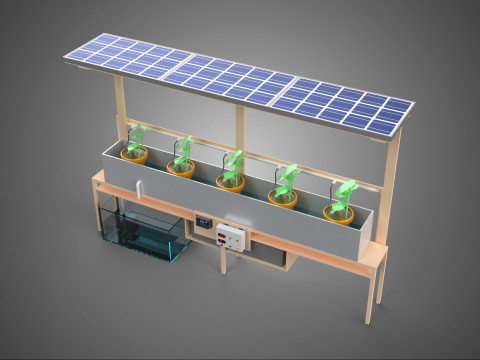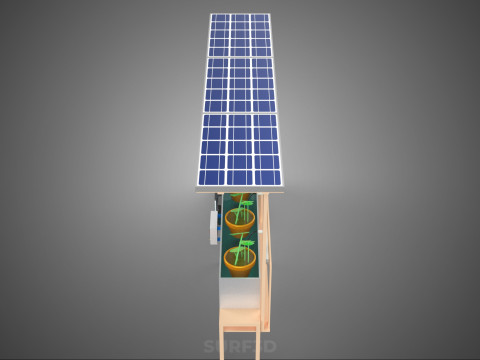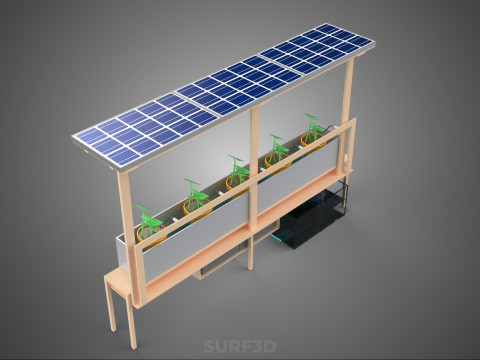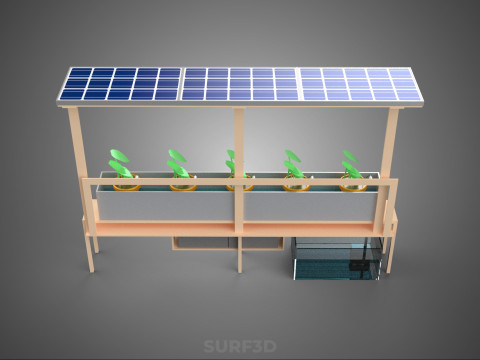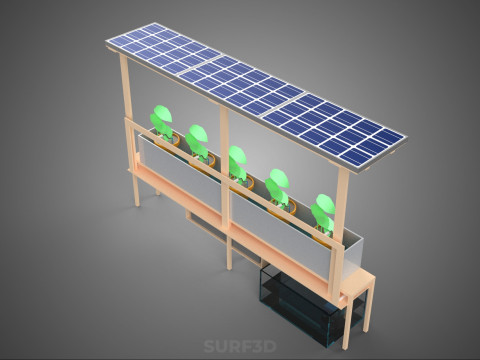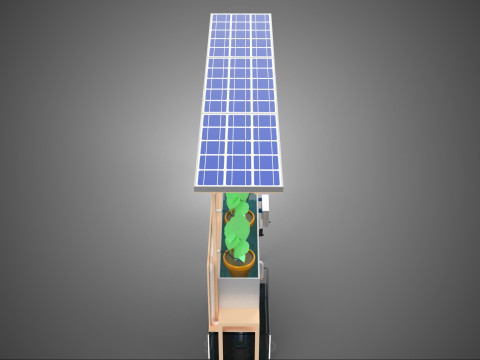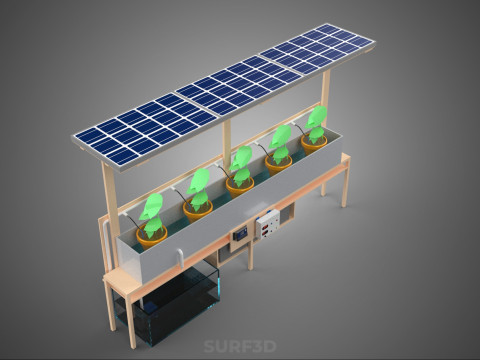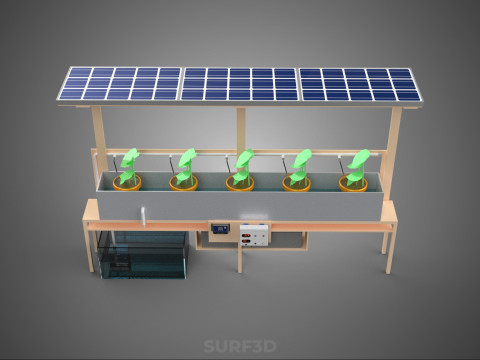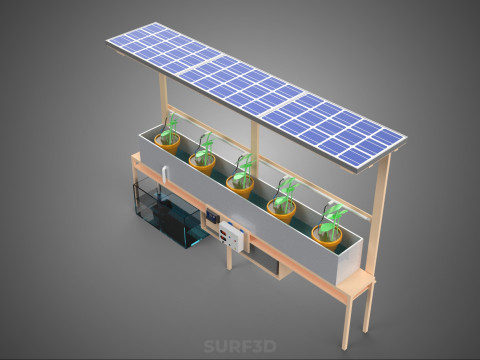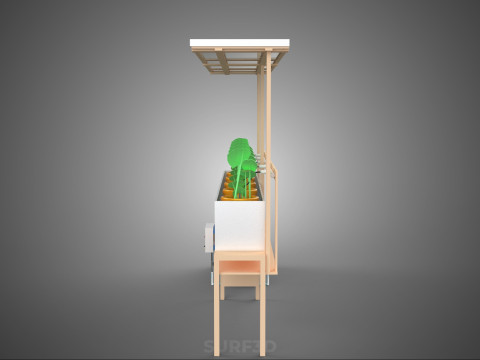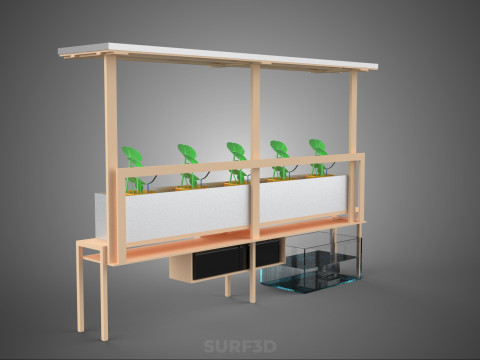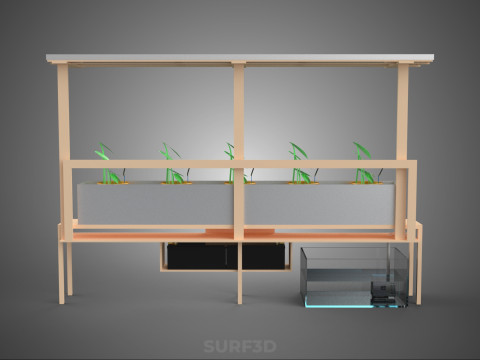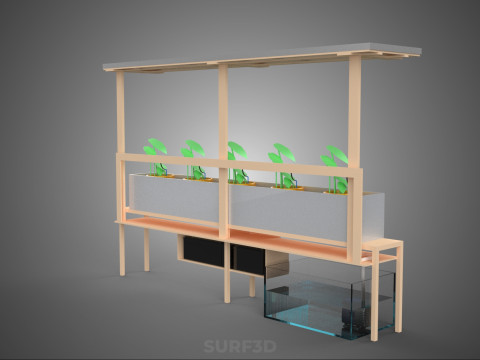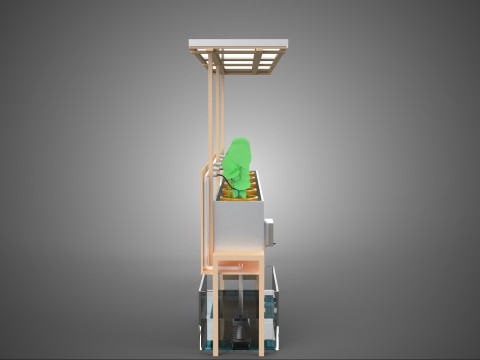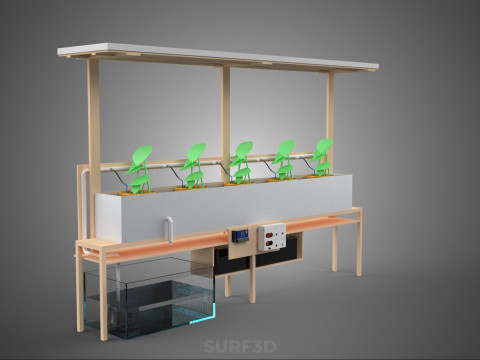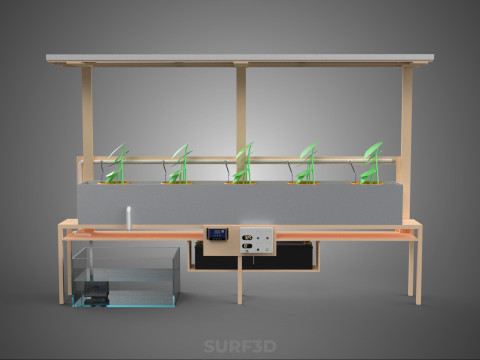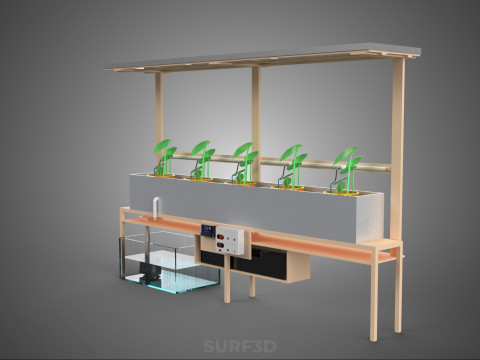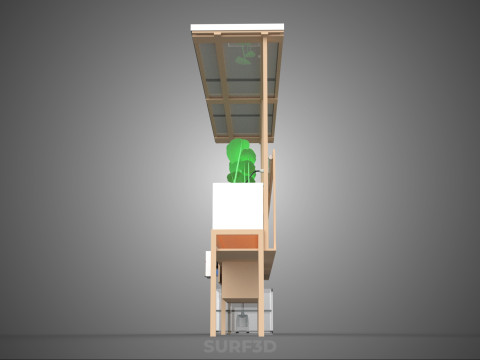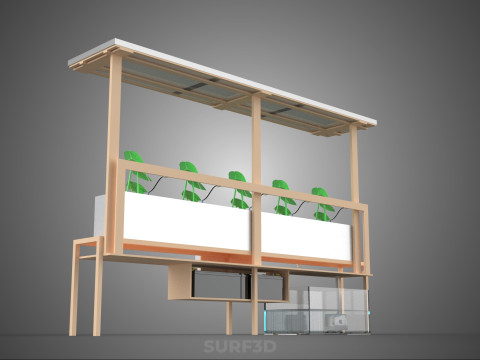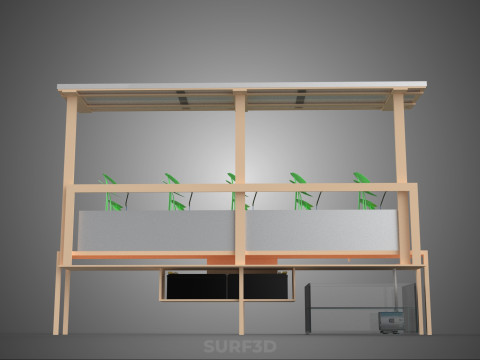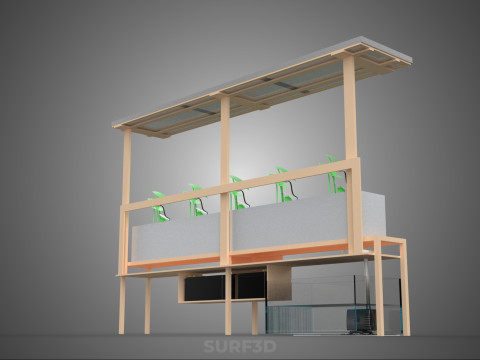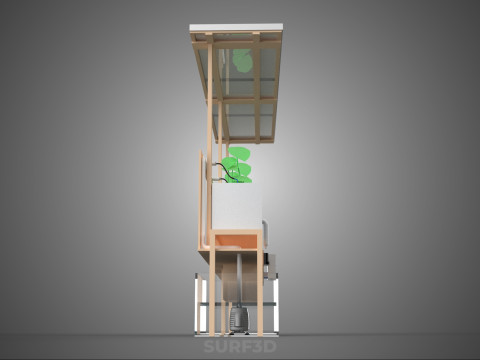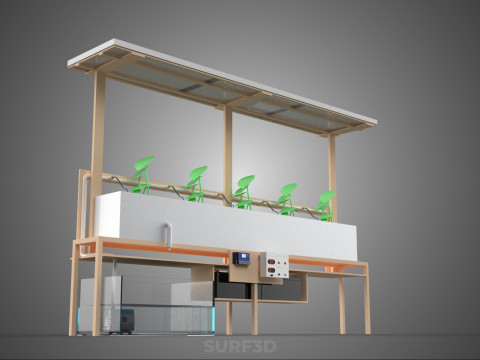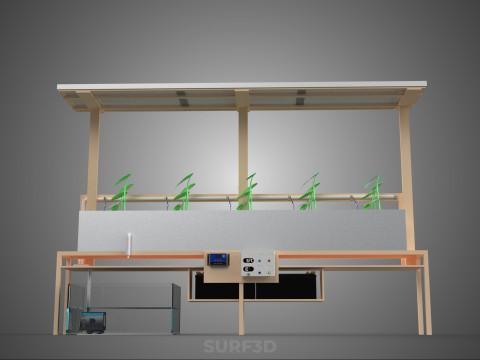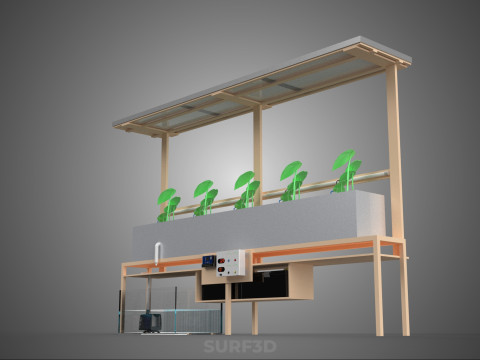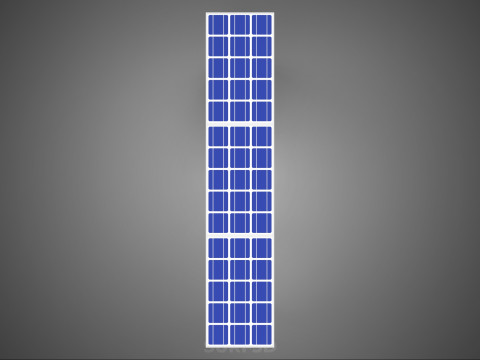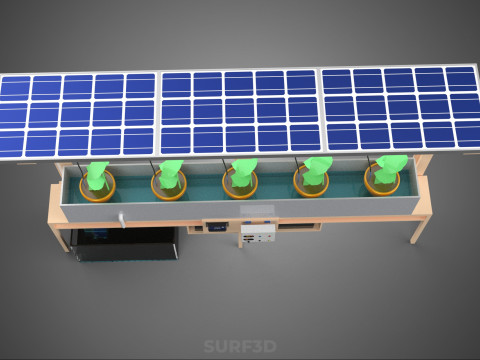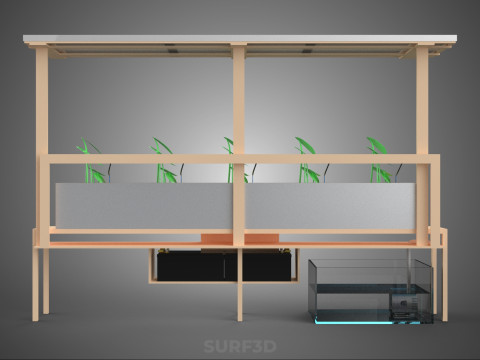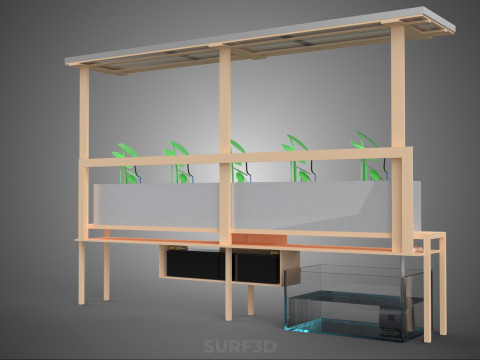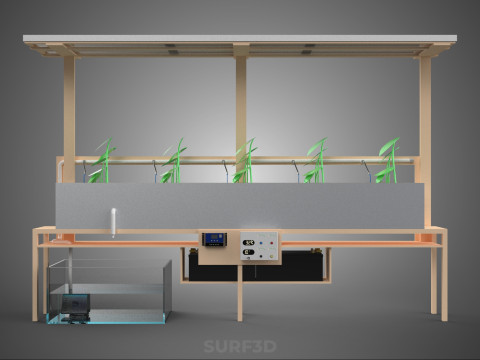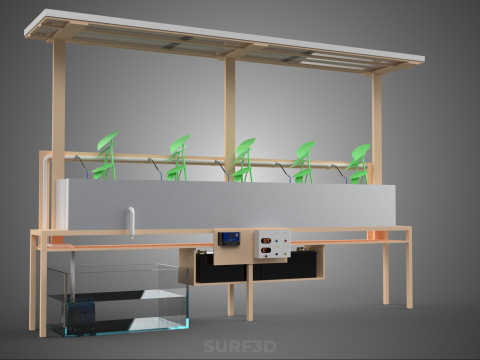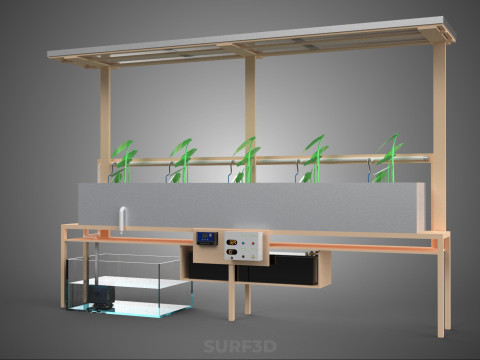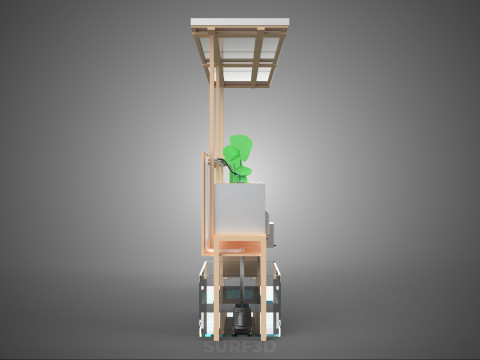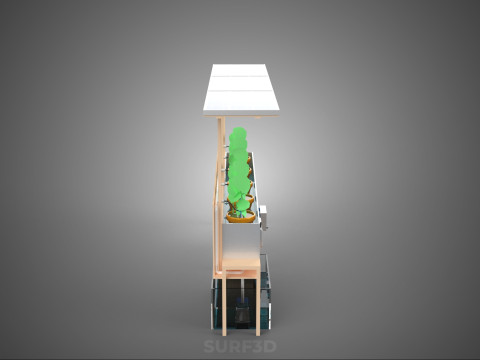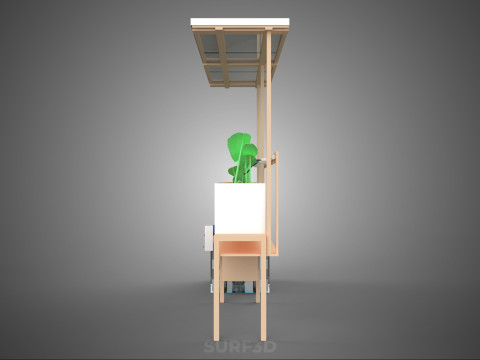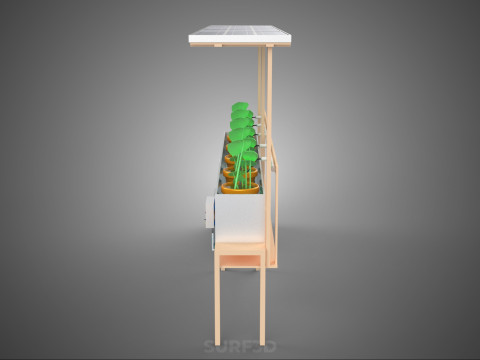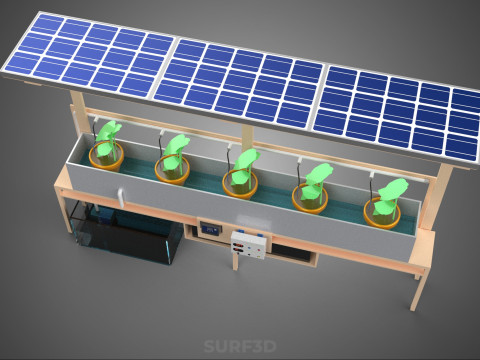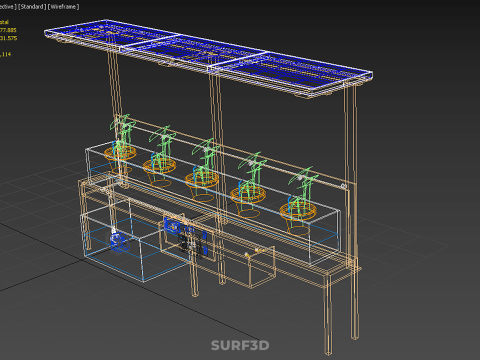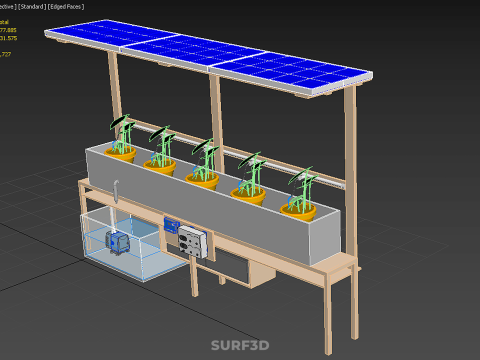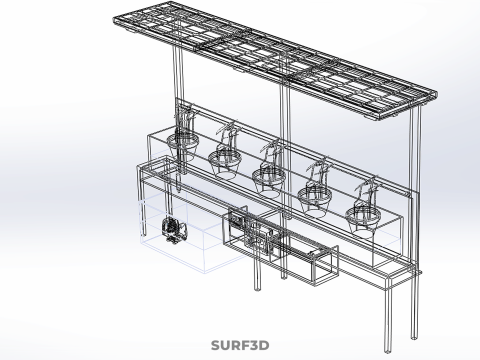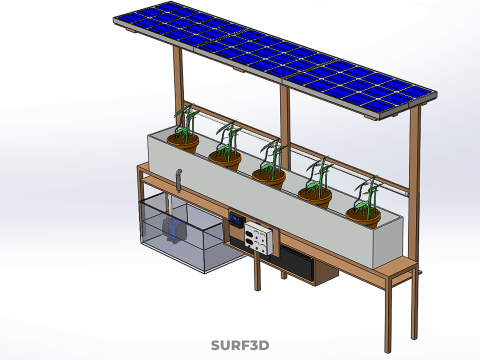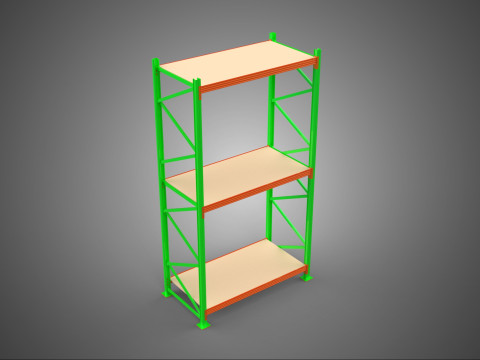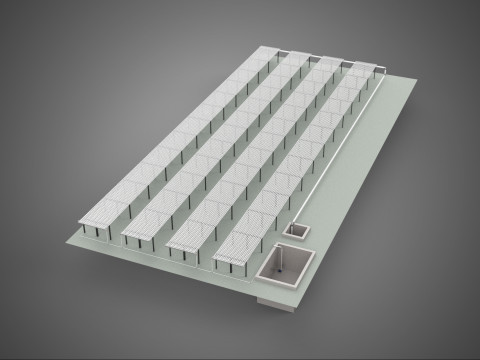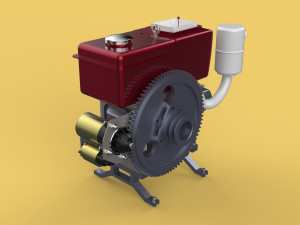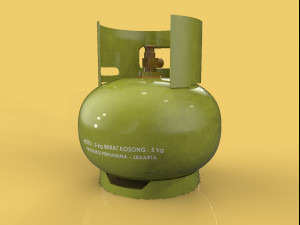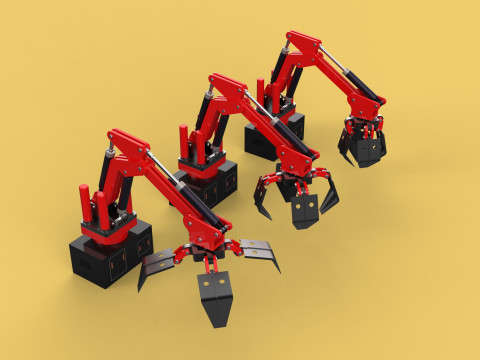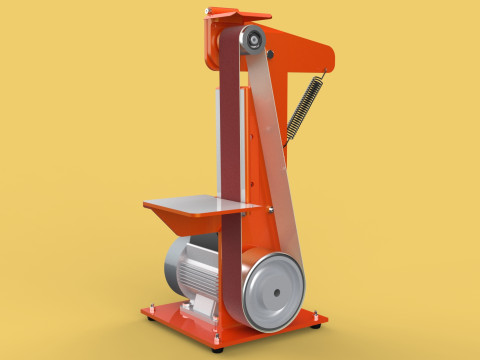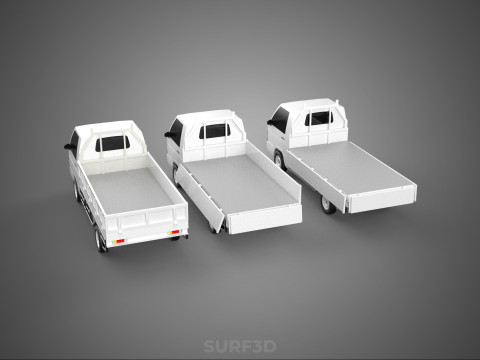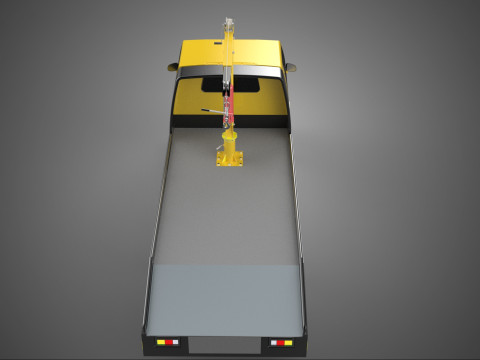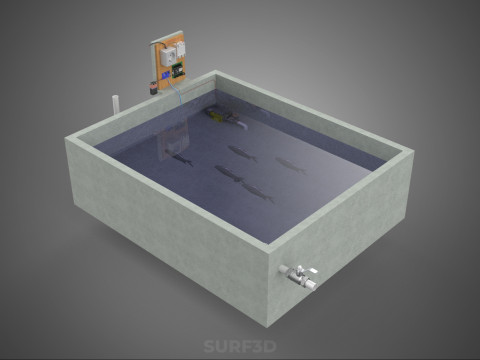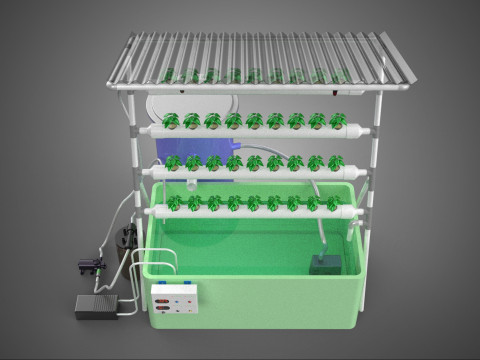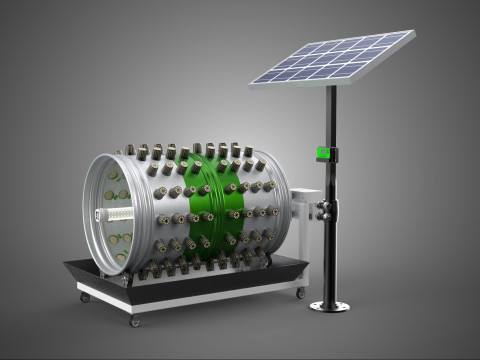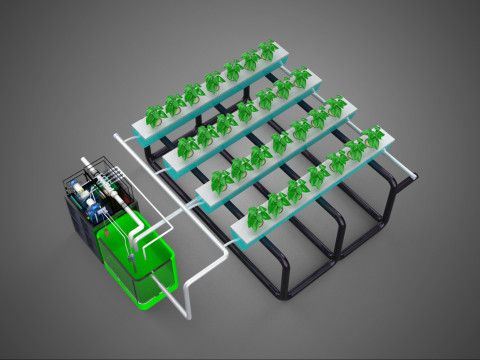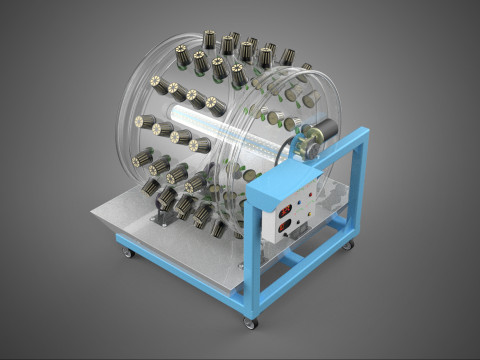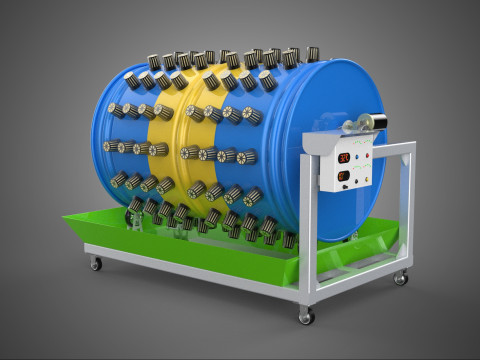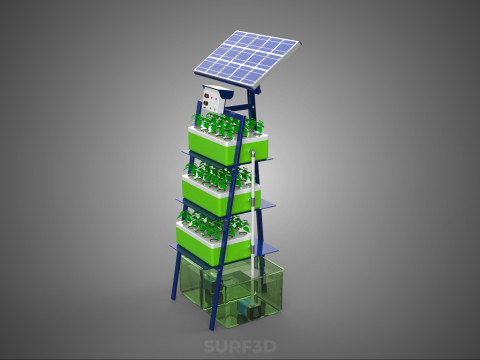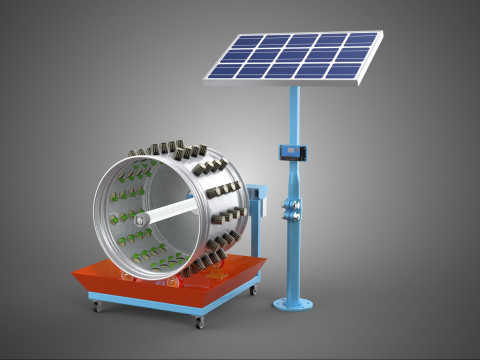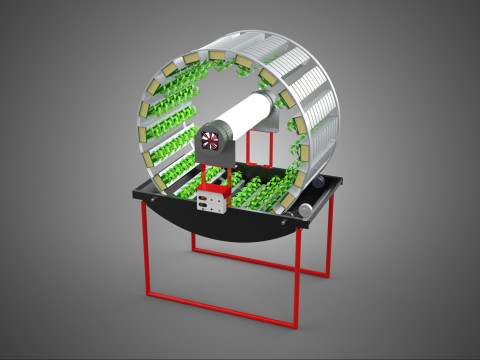PANEL SURYA PV IOT SISTEM IRIGASI AIR TETES TANAMAN HIDROPONIK Model 3D
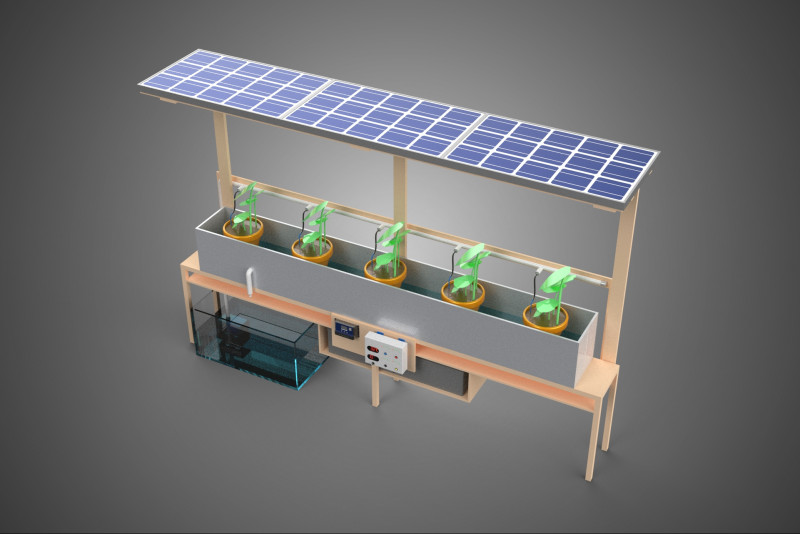
- Minta dukungan produk oleh penulis
- Format yang tersedia:
- ID Barang:601877
- Tanggal: 2025-09-27
- Poligon:277885
- Sudut:231575
- Animasi:No
- Bertekstur:No
- Dimanipulasi:No
- Material:
- Low-poly:No
- Koleksi:No
- Pemetaan UVW:No
- Plugin Digunakan:No
- Siap Cetak:No
- Pindai 3D:No
- Konten Dewasa:No
- PBR:No
- AI Pelatihan:No
- Geometri:Poly NURBS
- Unwrapped UVs:Unknown
- Tampilan:243
Deskripsi
High-quality 3D assets at affordable prices — trusted by designers, engineers, and creators worldwide. Made with care to be versatile, accessible, and ready for your pipeline.
Included File Formats
This model is provided in 14 widely supported formats, ensuring maximum compatibility:
• - FBX (.fbx) – Standard format for most 3D software and pipelines
• - OBJ + MTL (.obj, .mtl) – Wavefront format, widely used and compatible
• - STL (.stl) – Exported mesh geometry; may be suitable for 3D printing with adjustments
• - STEP (.step, .stp) – CAD format using NURBS surfaces
• - IGES (.iges, .igs) – Common format for CAD/CAM and engineering workflows (NURBS)
• - SAT (.sat) – ACIS solid model format (NURBS)
• - DAE (.dae) – Collada format for 3D applications and animations
• - glTF (.glb) – Modern, lightweight format for web, AR, and real-time engines
• - 3DS (.3ds) – Legacy format with broad software support
• - 3ds Max (.max) – Provided for 3ds Max users
• - Blender (.blend) – Provided for Blender users
• - SketchUp (.skp) – Compatible with all SketchUp versions
• - AutoCAD (.dwg) – Suitable for technical and architectural workflows
• - Rhino (.3dm) – Provided for Rhino users
Model Info
• - All files are checked and tested for integrity and correct content
• - Geometry uses real-world scale; model resolution varies depending on the product (high or low poly)
• • - Scene setup and mesh structure may vary depending on model complexity
• - Rendered using Luxion KeyShot
• - Affordable price with professional detailing
Buy with confidence. Quality and compatibility guaranteed.
If you have any questions about the file formats, feel free to send us a message — we're happy to assist you!
Sincerely,
SURF3D
Trusted source for professional and affordable 3D models.
More Information About 3D Model :
A Solar Panel PV IoT Water Drip Irrigation System Hydroponic Plant represents an advanced, integrated agricultural technology designed for sustainable and efficient plant cultivation. This system synthesizes renewable energy generation, soilless plant culture, precise water and nutrient delivery, and intelligent connectivity to optimize plant growth while minimizing resource consumption. It primarily aims to address challenges related to water scarcity, energy costs, and land availability in modern agriculture.
The foundation of the system's energy independence lies in its Photovoltaic (PV) subsystem. Solar panels convert sunlight directly into electrical energy, which powers all active components, including pumps, sensors, microcontrollers, and communication modules. This renewable energy source reduces operational costs and carbon footprint, making the system viable in off-grid locations or areas with unreliable grid infrastructure. A battery bank often accompanies the PV array to store excess energy, ensuring continuous operation during periods of low sunlight or at night.
Hydroponics, a method of growing plants without soil, forms the core of the cultivation aspect. Plants are supported in an inert medium (e.g., rockwool, coco coir, perlite) or directly suspended with roots in a nutrient-rich water solution. This soilless approach allows for precise control over nutrient delivery, reduces the incidence of soil-borne diseases and pests, and typically results in faster growth rates and higher yields compared to traditional soil-based farming. Common hydroponic techniques integrated include Nutrient Film Technique (NFT), Deep Water Culture (DWC), or Wick Systems, tailored to specific plant requirements.
Water and nutrient delivery is managed by a sophisticated drip irrigation system. This method involves supplying water and dissolved nutrients directly to the plant root zone through emitters, micro-tubes, or drippers. Drip irrigation is highly efficient, minimizing water loss due to evaporation and runoff, a significant advantage over conventional irrigation methods. In this integrated system, the nutrient solution from the hydroponic reservoir is precisely delivered, often in cycles, ensuring optimal hydration and nutrient uptake for the plants.
The Internet of Things (IoT) component elevates the system's functionality from a mere collection of technologies to an intelligent, adaptive platform. Various sensors continuously monitor critical environmental parameters, including:
* **Water parameters:** pH, Electrical Conductivity (EC) (indicating nutrient concentration), temperature, water level.
* **Environmental parameters:** Ambient air temperature, humidity, light intensity.
* **Substrate moisture:** Where applicable.
A central microcontroller or single-board computer (e.g., Raspberry Pi, Arduino) collects data from these sensors. This data is then transmitted wirelessly (via Wi-Fi, LoRa, cellular, etc.) to a cloud-based platform or a local server. Farmers or operators can access this information remotely via web or mobile applications, allowing for real-time monitoring and analysis.
Furthermore, the IoT integration enables automated control. Based on predefined thresholds or machine learning algorithms, the system can autonomously:
* Activate pumps to adjust water levels or circulate nutrient solution.
* Open/close solenoid valves for drip irrigation cycles.
* Control nutrient dosing pumps to maintain optimal pH and EC levels.
* Manage lighting schedules (for supplemental grow lights) or ventilation.
This automation reduces manual labor, enhances precision, and allows for rapid responses to changing environmental conditions, optimizing plant health and growth.
The system operates by an interconnected cycle. Solar panels convert solar energy, which is stored in batteries and used to power the control unit, sensors, and pumps. The control unit, guided by IoT sensors, monitors the hydroponic reservoir's nutrient solution (pH, EC, temperature) and the plant's immediate environment (air temperature, humidity). When parameters deviate from optimal ranges or according to a programmed schedule, the IoT module triggers the drip irrigation system to deliver the appropriate amount of nutrient solution to the hydroponic plants. Data collected is continuously uploaded to the cloud for remote monitoring and analytics, allowing operators to oversee system performance and intervene if necessary, or to refine cultivation strategies over time.
This integrated system offers numerous benefits:
* **Water Efficiency:** Drip irrigation combined with hydroponics drastically reduces water consumption (up to 90% less than traditional farming).
* **Energy Independence:** Solar PV power reduces reliance on fossil fuels and grid electricity.
* **Optimized Growth:** Precise control over nutrients, water, and environment leads to faster growth, higher yields, and improved crop quality.
* **Reduced Labor:** Automation through IoT minimizes manual intervention.
* **Space Efficiency:** Hydroponic systems can be stacked vertically, ideal for urban farming or areas with limited arable land.
* **Pest and Disease Control:** Soilless cultivation reduces soil-borne pathogens.
* **Remote Monitoring:** Enables agricultural management from anywhere, suitable for large-scale operations or distributed small farms.
Applications include precision agriculture, urban farming, controlled environment agriculture (CEA), research facilities, remote community food production, and educational installations.
Despite its advantages, challenges include the initial capital investment, the need for technical expertise for setup and maintenance, and ensuring data security for IoT components. Future developments are expected to focus on integrating advanced AI for predictive analytics and adaptive control, enhancing modularity for easier deployment, developing more robust and cost-effective sensor technologies, and exploring further integration with other sustainable practices like rainwater harvesting or waste heat recovery.
Perlu lebih banyak format?
Jika Anda membutuhkan format yang berbeda, silakan buka Tiket Dukungan baru dan minta itu. Kita dapat mengonversi model 3D menjadi: .stl, .c4d, .obj, .fbx, .ma/.mb, .3ds, .3dm, .dxf/.dwg, .max. .blend, .skp, .glb. Konversi Format GratisKami tidak mengonversi adegan 3d dan format seperti .step, .iges, .stp, .sldprt.!
Informasi Penggunaan
PANEL SURYA PV IOT SISTEM IRIGASI AIR TETES TANAMAN HIDROPONIK - Anda dapat menggunakan model 3D bebas royalti ini untuk keperluan pribadi dan komersial sesuai dengan Lisensi Dasar atau Diperpanjang.Lisensi Dasar mencakup sebagian besar kasus penggunaan standar, termasuk iklan digital, proyek desain dan visualisasi, akun media sosial bisnis, aplikasi asli, aplikasi web, permainan video, dan produk akhir fisik atau digital (baik gratis maupun berbayar).
Lisensi Diperpanjang mencakup semua hak yang diberikan berdasarkan Lisensi Dasar, tanpa batasan penggunaan, dan memungkinkan model 3D untuk digunakan dalam proyek komersial tanpa batas dengan ketentuan Bebas Royalti.
Baca lebih lanjut


 English
English Español
Español Deutsch
Deutsch 日本語
日本語 Polska
Polska Français
Français 中國
中國 한국의
한국의 Українська
Українська Italiano
Italiano Nederlands
Nederlands Türkçe
Türkçe Português
Português Bahasa Indonesia
Bahasa Indonesia Русский
Русский हिंदी
हिंदी